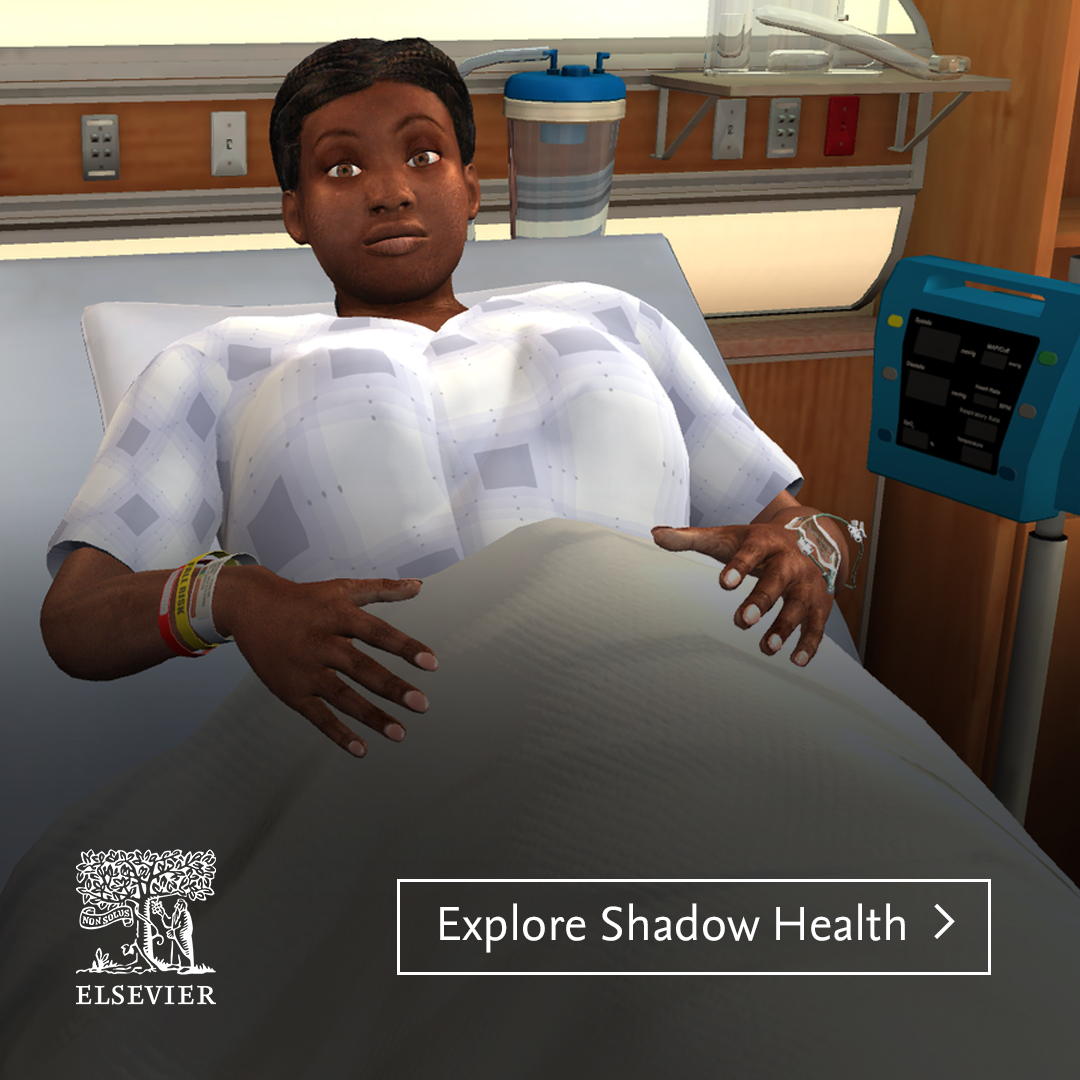
As the field of nursing education continues to improve this educational strategy, several studies have examined the effects of simulation on student outcomes when used in substitution for traditional clinical hours. The purpose of this white paper is to examine evidence of the effectiveness of this strategy, identify best practices for its implementation across the undergraduate nursing curriculum, and discuss the role that Elsevier’s Shadow Health Digital Clinical Experiences™ could potentially play in improving the preparation of students as faculty adopt virtual patient simulation into their course.
Download here.
Key takeaways:
- Virtual patient simulation can be defined as high-fidelity given their degree of realism and high level of interactivity for the learner. However, not every virtual patient simulation can be considered high-fidelity.
- Virtual patient simulation is comparable, if not superior, to other forms of high-fidelity simulation, and the use of this simulation modality leads to increases in student engagement, self-confidence, clinical reasoning, as well as other important learning outcomes and skills in nursing.
- Virtual patient simulations are always available while there may be challenges to finding quality clinical placements or cost-effective alternatives.
- There is emerging evidence towards a 2:1 clinical to simulation ratio. The intense and efficient learning environment of simulation provides suggests that students may independently complete more patient care activities at higher levels of functioning when two hours of clinical time are replaced with one hour of simulation time.
